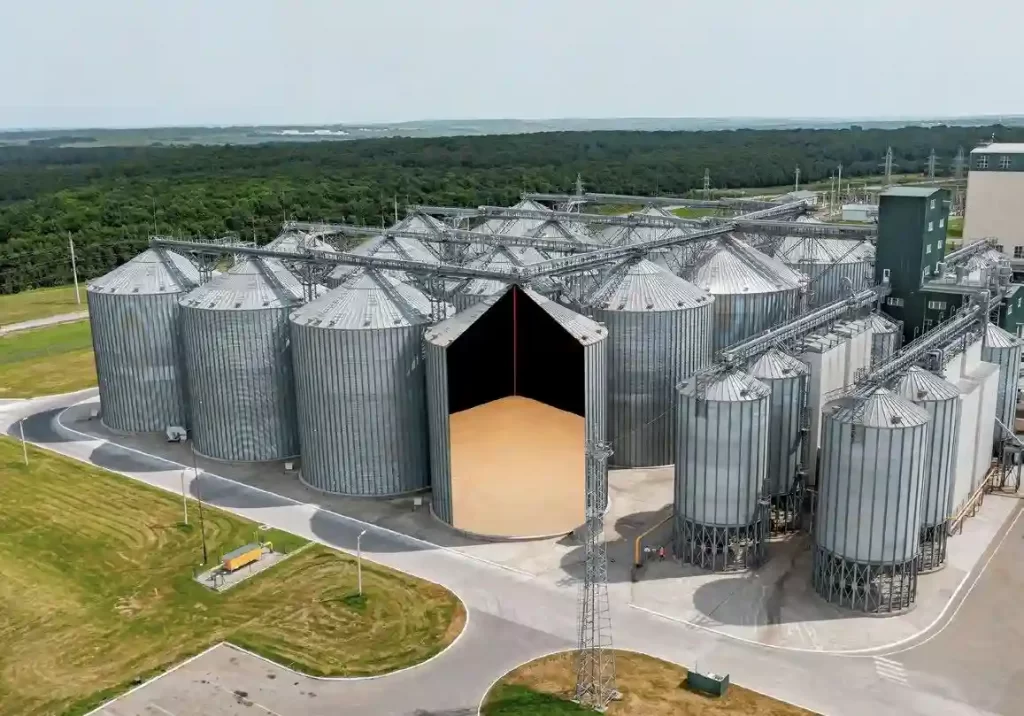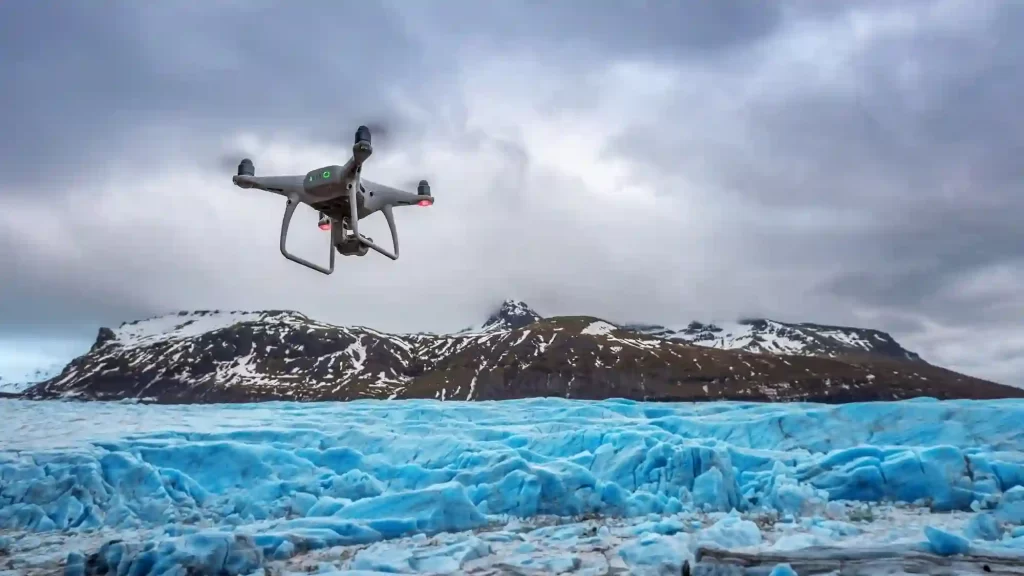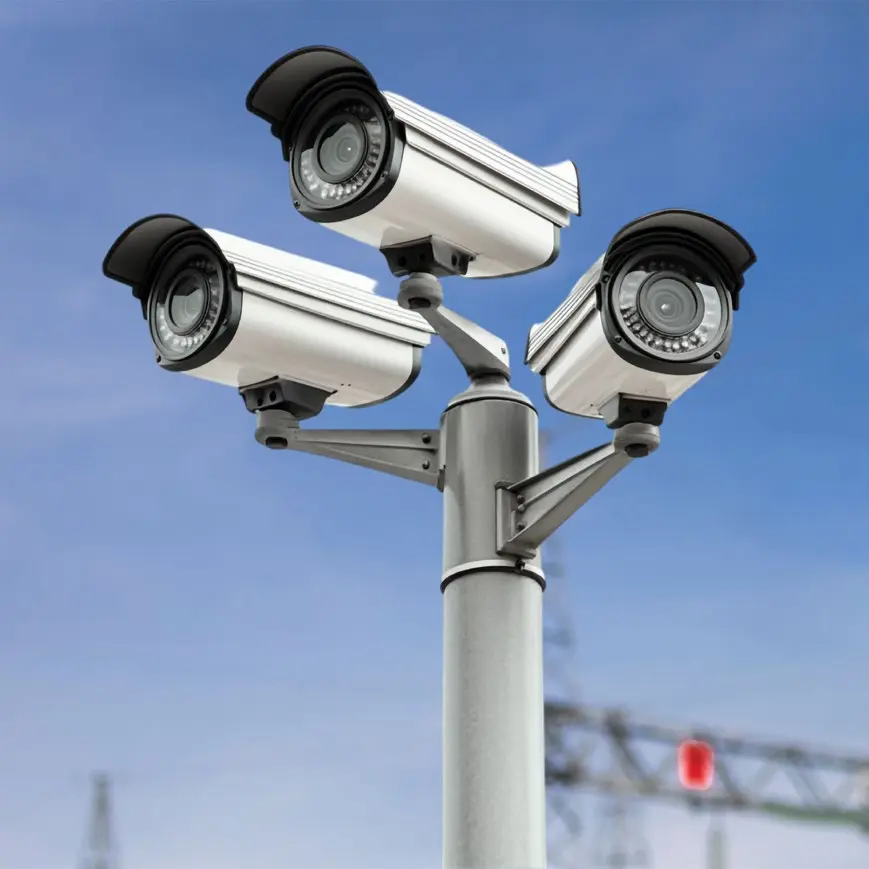LiDAR vs Laser Sensor de distancia is a common comparison for engineers and buyers looking for the right medición de la distancia technology. Both are laser-based, but their applications, precision, and form factors are quite different.
When it comes to precise distance measurement, these two technologies offer distinct advantages. If you’re looking to buy a distancia láser measuring sensor for automation, UAVs, topografía, or industrial control, this article will help you understand the difference between LiDAR vs Sensor láser de distancia and guide your selection.
LiDAR vs Laser Distance Sensor – Key Differences
| Característica | LiDAR (Light Detección and Ranging) | Sensor láser de distancia |
|---|
| Función | Scans wide areas for 3D mapping | Measures precise point-to-point distance |
| Salida | 3D point cloud / spatial map | Single distance value or continuous reading |
| Scan Angle | 360° or multi-directional | Narrow beam, single-direction |
| Gama | Typically 100–200m (depends on model) | Up to 5000m (e.g., TS1224-2000M series) |
| Precisión | cm-level (varies by density & range) | mm-level (high precision) |
| Size & Power | Bulky, higher power | Compact, low power (e.g., Meskernel LD models) |
| Coste | Expensive | Más rentable |
Use Case Comparison: LiDAR vs Laser Distance Sensor
Choose Laser Distance Sensor if you need:
- High-precision distance data for a single point
- Long-range measurement (e.g., up to 2000 meters)
- Real-time feedback in automation or control systems
- Compact modules for embedded devices
- Low-power consumption for battery-powered systems
- UART, RS232/RS485, or Modbus connectivity
Recommended: Meskernel TS1224 2000M – Ideal for outdoor long-range measurement with up to 2000m range and ±5m accuracy.
Choose LiDAR if you need:
- 360° spatial awareness or mapping
- Simultaneous detection of multiple objects
- 3D obstacle detection in robotics, SLAM, autonomous vehicles
- Indoor navigation or environmental modeling
LiDAR is typically found in autonomous driving, terrain scanning, and robotics requiring volumetric perception.
Working Principle: LiDAR vs Laser Distance Sensor
How Laser Distance Sensors Work
Meskernel sensores láser de distancia use tiempo de vuelo (ToF) or phase-shift technology. The sensor emits a laser beam and measures the time it takes to reflect off a target. This method enables:
- Precisión milimétrica
- Low latency
- Reliable performance in various environments
Most models include:
- UART / RS485 / Modbus RTU output
- Continuous or single-shot measurement
- Easy integration with industrial controllers
How LiDAR Sensors Work
LiDAR systems emit thousands of laser pulses per second across a range of angles using rotating mirrors or solid-state beam steering. These return pulses form a dense 3D point cloud.
While highly effective in mapping large environments, LiDAR is:
- Larger and more expensive
- Less accurate at single-point readings
- Power-hungry (not ideal for compact systems)
Industrial Integration: LiDAR vs Laser Distance Sensor
Both sensor types can integrate into modern factory or automation ecosystems, but laser distance sensors from Meskernel offer:
- Modular UART/RS485 interface
- Real-time measurement streaming
- Adjustable frequency (e.g., 4Hz or 3000Hz models)
- Compact IP-rated enclosures for field use
Las aplicaciones incluyen:
- AGVs (Automated Guided Vehicles)
- UAV-based surveying
- Outdoor distance control
- Crane position feedback
- Structural monitoring
Real-World Example: Using Laser Distance Sensor Instead of LiDAR
A logística company uses the Meskernel LDJ 120M UART laser sensor on AGVs for precise shelf approach control. The ±3mm accuracy ensures efficient navigation without collision, even in variable lighting conditions, offering a simpler and cheaper alternative to bulky LiDAR systems.




What to Consider Before Choosing: LiDAR vs Laser Distance Sensor
Ask yourself:
- What range do I need?
- What interface does my system support (UART, RS485)?
- Is real-time data required?
- Do I need environmental protection (IP rating)?
- Is size, power consumption, or cost a constraint?
Meskernel offers models from compact 40m sensors to 2000m long-range modules — all designed for industrial-grade integration. Explore the product range.
FAQs: LiDAR vs Laser Distance Sensor
-
What is better for measuring distance – LiDAR or a laser distance sensor?
For single-point or long-range measurement, laser distance sensors are better. For 3D mapping, LiDAR is superior.
-
Can laser distance sensors replace LiDAR?
Not entirely. Sensores láser are better for point-to-point precision, while LiDAR excels in wide-area mapping.
-
Is a LiDAR just a laser distance sensor?
LiDAR uses multiple laser beams and scanning to build spatial maps, while laser sensors focus on linear, pinpoint measurement.
In the comparison of LiDAR vs Laser Distance Sensor, the right choice depends on your application. If you need high-speed, long-range, and accurate point measurements, sensores láser de distancia are your best option. For 3D mapping and spatial awareness, LiDAR is more appropriate.
Meskernel’s laser sensors provide reliable, cost-effective, and integration-ready solutions for industries ranging from automation and transportation to smart infrastructure.
https://meskernel.net/sensors-for-measuring-distance/